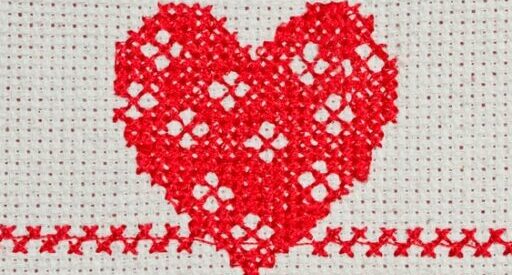Master Basic Sewing Skills to Save Money and Revive Wardrobe
In today’s fast-paced world, fast fashion makes it easy to toss clothes at the first sign of wear. But learning some basic sewing can breathe new life into your favorite pieces, save you money, and cut down on waste.
Picking up a few sewing skills really can stretch the life of your wardrobe. Whether you’re patching a hole, sewing on a button, or covering up a stain, these fixes keep clothes out of the landfill and in your closet.
Table of Contents
The Importance of Basic Sewing Skills
Simple hand sewing does the trick for most repairs. If you get comfortable with a sewing machine, you can tackle bigger projects and finish them faster.
Hand sewing works well for small or delicate jobs, while a machine is great when you need to fix something larger. The difference really comes down to the size and complexity of the repair.
Jessamy Shay Kilcollins, a sustainable fashion designer and owner of a vintage clothing store, values both approaches. She runs mending classes at local libraries, helping people learn to care for their own wardrobes. According to Kilcollins, you just need a needle, some thread, and maybe a bit of embroidery floss to get going.
Resources for Learning Sewing Skills
If you want to pick up or improve your sewing skills, there are plenty of options out there. Libraries and maker spaces often have classes and equipment you can use.
Local Libraries and Maker Spaces
Libraries in Somerville and Cambridge offer classes on fixing garment closures and creative patching. These sessions give you hands-on practice with expert help, which is perfect if you’re just starting out.
For projects that need a sewing machine, the Hive at the Cambridge Public Library is a solid spot. This maker space gives you access to machines and tools, plus staff who can walk you through the basics.
Secondhand Craft Stores
Secondhand craft shops like Make and Mend sell affordable materials for sewing projects. Emily Tirella, who owns Make and Mend, calls her store an “art supply rescue,” taking in creative materials that can be reused instead of tossed.
This setup makes supplies more affordable and takes away the stress of messing up expensive, brand-new materials. You can experiment without feeling like you’re wasting money.
The Environmental and Financial Benefits of Mending
Fixing your clothes instead of buying new ones really adds up, both for your wallet and the planet. Every time you mend something, you cut back on the need for new clothing production, which helps shrink your environmental footprint.
Reducing Waste
Every garment you repair is one less thing headed for the landfill. Kilcollins points out that “keeping something going for as long as possible” is a simple but powerful way to help the environment.
Sticking with your clothes longer also helps you appreciate them more. Maybe that’s a little sentimental, but it matters.
Saving Money
Learning to mend can save you a surprising amount of cash. New clothes aren’t cheap, especially when you keep replacing things that could be fixed with a little effort.
If you put in some time to repair your wardrobe, you’ll definitely spend less on replacements.
Embracing Creative Mending
Mending isn’t just about fixing holes or tears. It’s a chance to get creative and make your clothes stand out.
With a patch or some embroidery, you can turn a repair into a cool design feature. Suddenly, your clothes have a story and a style that’s all your own.
Developing a Personal Connection with Your Wardrobe
Taking the time to mend what you wear helps you feel more connected to your clothes. Kilcollins says, “if you put a bunch of time into mending something beautifully, you’re not going to want to throw it away.” That extra effort means you care more and take better care of your stuff.
Experimentation and Personalization
Don’t worry about making mistakes—try out different mending techniques. Kilcollins tells her students, “there are no bad mends, all mends are good.”
This attitude makes it easier to get creative and experiment. Whether you’re patching a hole or adding some decorative stitches, each repair is a chance to make your clothing truly yours.
Conclusion
Picking up basic sewing skills can really affect your wallet—and honestly, the planet too. When you repair or personalize your clothes, you keep them around longer and cut down on waste.
It’s not just about saving cash, though that’s a bonus. Places like local libraries, maker spaces, or even quirky secondhand craft shops are surprisingly helpful if you want to learn.
Next time you spot a hole or a missing button, why not grab a needle and thread before heading out to buy something new? It’s worth a shot.
Curious about how sewing can actually save you money and help the environment? Take a look at this detailed article from NBC Boston.

